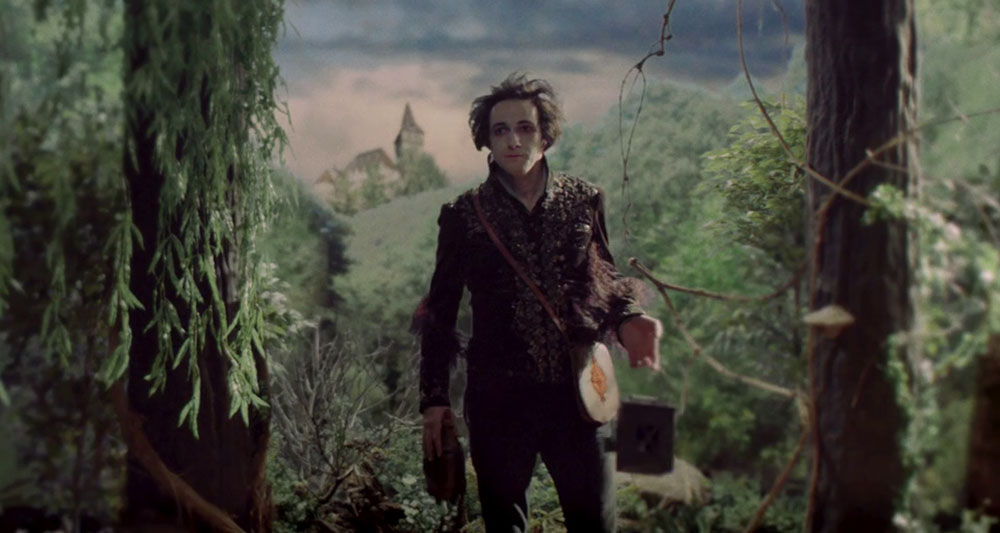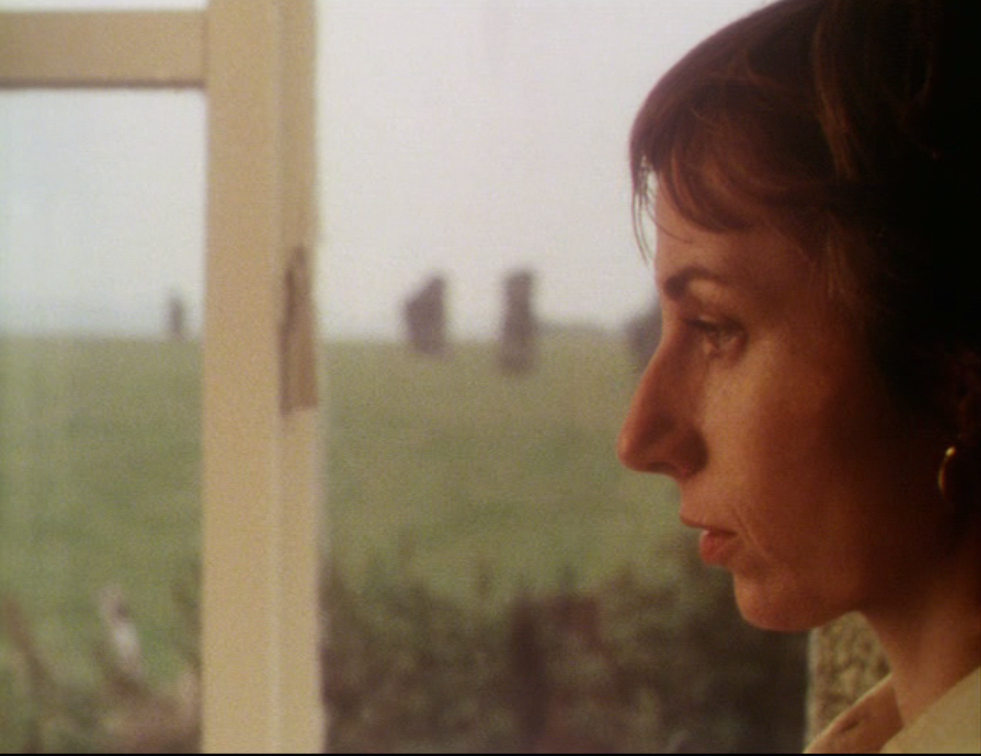Growing up in the Highlands I was never far from my heritage. Burial mounds, standing stones and ancient battlefields litter the surrounding area. In the Highlands there is a constant sense of what came before. Go down any country road and you’ll find dilapidated croft houses, scars of the clearances. These reminders of our past make up a wider tapestry of the Highlands. This disquieting feeling that something happened here is captured perfectly throughout Sticks & Stones, the first programme in the Følkløric strand at this year’s Glasgow Short Film Festival. These films set out to make us reevaluate our relationship with our heritage and consider how history may forget but the land, the land always remembers.

First up we have Peter Strickland’s Cobblers’ Lot, an expressionist reimagining of a Hungarian folk story. This film exudes style from its makeup and effects through to the lighting and shot composition. The film is silent with text boxes used to show what the characters are saying, further invoking the classic feel. Like reading the Brothers Grimm, original folk tales often have more violent parts that are omitted when they are passed down and Cobblers’ Lot is no exception. The dream-like imagery comes together to create a classic fable. Of the whole programme, this film is set the furthest back in time, and primes us to look back at our past and how it informs our present.
Living in the Highlands I have a complicated relationship with the North Coast 500. Souped up muscle cars with machine gun expansion exhausts tear through rural villages on roads too small for them. The Motorist (Ciaran Lyons) uses this to frame a satire of a NC500 tourist’s worst nightmare – yes, the fear of the dreaded teuchter, similar to Texas Chainsaw Massacre or The Wicker Man. The Motorist begins abrasively and continues to unsettle using excellent audio mixing and costume design to keep the viewer asking questions until all is revealed. Inventive camera work and production design punctuate each scare and fill the short with suggestions of a wider, darker world, hidden away in the back end of beyond.
In Joe Williams’ and Charlie Edwards-Moss’ O’ Glory! we follow two dodgy doctors as they are called to examine a woman whose brother claims is suffering from delusions. As expected the doctors are quick to dismiss this as female hysteria. The hysteria begins to take over however and as their barriers are broken down the male characters truly reveal who they are. The woman at the centre of it all is ignored and cast aside until it’s far too late, in a reveal that mixes genres and shows that folk horror is still ripe for innovation. The editing and audio mixing disorientate the viewer and the measured performances at the start are contrasted perfectly by the end where they spectacularly unravel.
Stones (Joseph Brett) is the first of two shorts centred on that most distinct trait of British folk horror, standing stones. There are hundreds of standing stone sites across the UK, shrouded in mystery. Some theorise that they were ancient astral observatories or frozen giants who would not convert to Christianity. The stop motion animation of Stones captures the idyllic countryside perfectly. Cotton clouds and painted skies showcase the incredible work done in this short. The atmosphere is enhanced by the ADR wind in the background perfectly capturing a spring morning in the Highlands. A simple story well executed with enough subtext to make you think twice about visiting these ancient sites.

To wrap up the programme we have Lawrence Gordon Clark’s Stigma. A slow burn classic, Stigma was first broadcast by the BBC in 1977 in the strand A Ghost Story for Christmas, a staple of UK folk horror. The film follows a family as they move to a country house. The youngest member of the family is coming of age as she begins to fall for one of the men working on the house, the same man her seemingly unsatisfied mother has eyes for. The slow disintegration of the patriarchal family unit coincides with the unearthing of an ancient standing stone on the house grounds in a scene filled with innuendo and followed with growing rebellion from the daughter, the mother and even the land itself. This degradation becomes physical as the matriarch literally begins to melt away. Pretty graphic for the Beeb but the short is very forward thinking. The film is layered with meaning, ending the programme not with a bang but a reflective silence that followed me as I walked back to High Street station. Passing through the grand city centre, all I could think about was the earth below and the skeletons it holds.
Louis Macleod